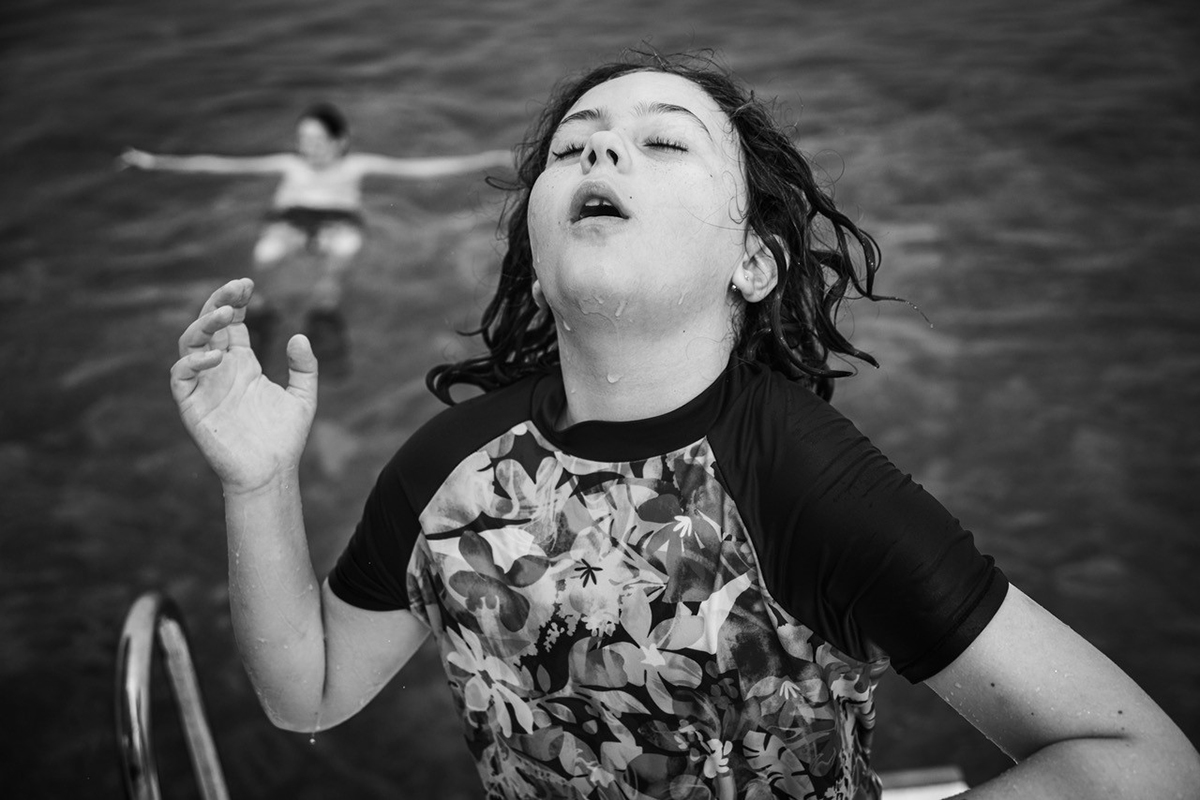Photography is a powerful medium that goes beyond capturing mere moments; it has the ability to convey emotions, experiences, and narratives. Telling a story with photography involves weaving together a series of images that collectively communicate a deeper message or theme. This approach, often referred to as a photo essay, allows photographers to explore and express their creativity while engaging viewers on a more profound level. In this blog, we’ll explore how you can master the art of storytelling through your photography.
In This Article, You’ll Learn:
- Telling a story with photography involves creating a series of images that convey a deeper message or theme.
- Key elements of a good photo essay include setting, characters, and conflict to build a compelling narrative.
- Techniques like using sequences of images, focusing on details, and playing with light and shadows enhance storytelling in photography.
- Examples of storytelling in photography range from capturing urban life and nature to documenting personal journeys.
- Effective storytelling in photography engages viewers emotionally and adds depth to the images.
Elements of a Good Story
Every compelling story comprises several key elements that can be effectively depicted through images:
- Setting: The setting provides the backdrop for your story, giving context and grounding your narrative. It can be a bustling cityscape, a tranquil countryside, or an intimate indoor scene. The choice of setting helps establish the mood and tone of your photo essay.
- Characters: Characters are central to storytelling. They can be people, animals, or even inanimate objects that play a significant role in your narrative. Capturing the expressions, actions, and interactions of characters can add depth and relatability to your story.
- Conflict: Conflict or tension is what drives a story forward. It could be a physical struggle, an emotional challenge, or a moment of decision. Highlighting conflict in your images creates interest and keeps viewers engaged, eager to see how the story unfolds.
Techniques for Effective Storytelling

To create a compelling photo essay, consider employing techniques like using sequences of images, focusing on details, and playing with light and shadows.
Sequences of Images

A single image can tell a story, but a sequence of images can provide a more comprehensive narrative. Start with establishing shots to set the scene, followed by detailed shots that focus on specific elements or actions, and conclude with images that provide resolution or closure.
Focusing on Details

Details can reveal much about a story. Close-up shots of hands at work, the texture of a worn-out path, or the intricate patterns in nature can add layers to your narrative. These details help viewers connect with the story on a more intimate level.
Use of Light and Shadows

Lighting plays a crucial role in storytelling. Soft, natural light can evoke a sense of calm and warmth, while harsh shadows can create drama and tension. Experiment with different lighting conditions to enhance the mood and atmosphere of your images.
Examples of Storytelling in Photography

Here are some examples of how photographers use images to tell compelling stories:
Urban Life
A photo essay on urban life might start with a wide shot of a city skyline at dawn, followed by images of people commuting, street vendors setting up, and the hustle and bustle of daily life. Detailed shots of graffiti, architectural elements, and candid portraits of city dwellers can enrich the narrative.
Nature and Wildlife
To tell a story about nature and wildlife, you could begin with an expansive landscape shot, move to images of animals in their habitat, and include close-ups of plants and insects. Capturing moments of interaction between species or changes in weather can add dynamic elements to your story.
Personal Journey
For a more personal photo essay, document a day in the life of a subject. Start with their morning routine, capture moments of work or leisure, and conclude with evening reflections. Focusing on the subject’s emotions and interactions can create a powerful, relatable narrative.
Storytelling in photography is a potent tool that enhances the impact and emotional resonance of your images. By thoughtfully considering the elements of a good story and employing techniques like sequences of images, focusing on details, and utilizing light and shadows, you can create compelling photo essays that captivate and move your audience. Remember to think critically about the stories you want to tell and approach your photography with a narrative mindset. Embrace the art of telling a story with photography and let your images speak volumes.
Bring Your Vision to Life

Telling a story with photography isn’t just about snapping aesthetically pleasing images—it’s about crafting a visual narrative that resonates. By combining thoughtful composition, emotional depth, and intentional sequencing, you can transform everyday moments into compelling stories. Whether you’re documenting the energy of a city, the quiet beauty of nature, or the nuance of a personal journey, the key is to shoot with purpose. So next time you pick up your camera, ask yourself: What story do I want to tell? Let that vision guide your lens, and you’ll create images that not only capture attention but also leave a lasting impression.
Learn about Tamron Lenses at an authorized Tamron dealer in your area or visit the TAMRON Store today.
More Photo Tips | Watch Videos | Learn More About Tamron Lenses | Photo Gallery
